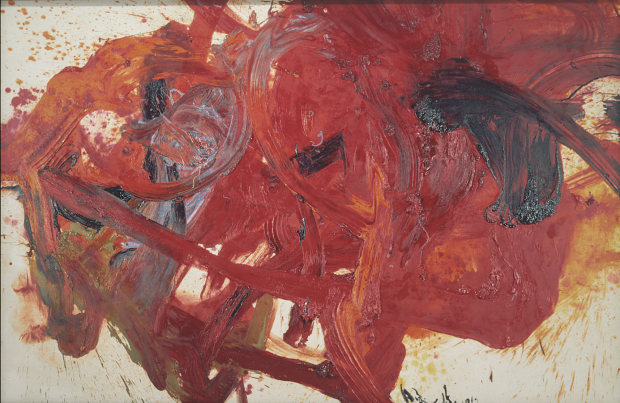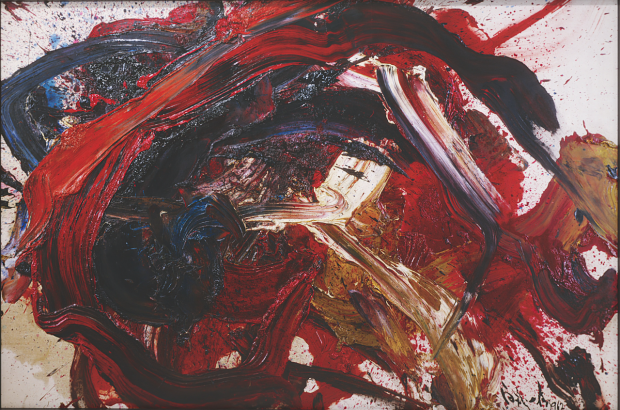References to play abound in Japanese culture passed down over the centuries. Good examples include one of the Ryojin-hisho* songs, “We are all born to play, born to have fun. When I hear the voices of children playing, my old body still responds, wanting to join in,” and the Zen word, Yushin/Asobi-gokoro (A playful mind/Playfulness). Such references indicate that play (asobi) is one of the foundations of art and the popular arts. Similar ideas can be seen in the West, such as Johan Huizinga’s Homo Ludens (or Playing Man), which discussed the importance of play as an essential element in human activity and the origin of culture.
The experience of nursing and rearing my three children is vividly imprinted on my mind. Babies who had plenty of breast milk and sufficient sleep were absolutely brimming with curiosity. They played constantly, with their senses of touch, sight, and hearing in high gear, playing with their hands and feet, and putting anything they touched in their mouths. Once they started crawling, their curiosity went up another gear, seeming to drive the development of their physical abilities and motor skills. This curiosity is surely the essence of humanity, the manifestation of Asobi-gokoro or playful mind.
Please forgive the lengthy introduction, which largely serves to justify my own furtive play. I hope my playing will not overtax the artists’ generosity and compassion. You know, the artwork that I am now looking at has come forth from your womb. I don’t know if it was an easy delivery or an excruciatingly painful, difficult delivery, but now that it is done, the work that you gave birth to exists as a separate entity with its own independent character and its own life.
That entity sparks the fire of life in the hearts of viewers, triggering the ongoing emission of life energy that will transcend time and space. What happens is already outside the control of the artist who gave birth to it. When your art moves someone emotionally, that experience becomes his or her personal possession.
What does it mean to move someone? Surely it means stirring the viewer’s emotions and resonating inside him or her.Performing a ‘concerto’ that resounds with the joy of discovering an untouched vein of something precious inside the viewer is surely the most treasured form of play.
*Ryojin-hisho (Songs to Make the Dust Dance on the Beams): a folk song collection compiled by Cloistered Emperor Go-Shirakawa in the end of Heian period. (12th century)



